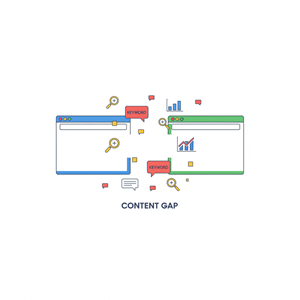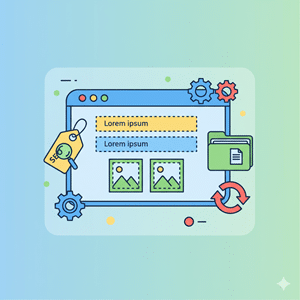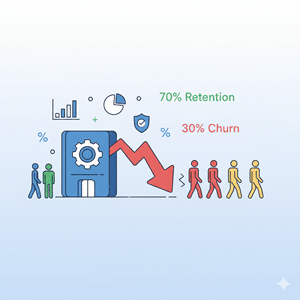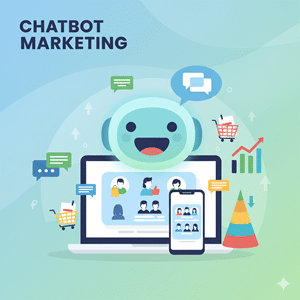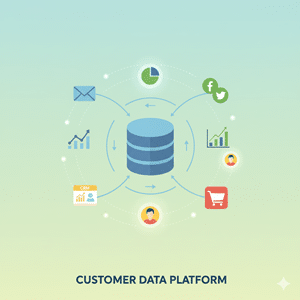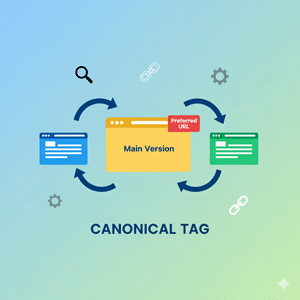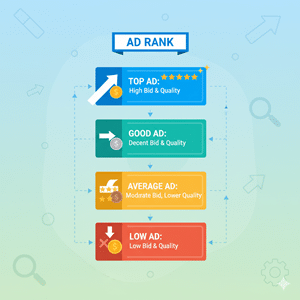Content Gap: Finding What’s Missing in Your Strategy
What is a Content Gap? A content gap refers to the information, keywords, or topics that your audience is actively seeking but that your website fails to address at present. Recognizing these gaps enables marketers to develop fresh content that aligns with user intent, enhances SEO performance, and seizes market share from rivals. Why Content…

